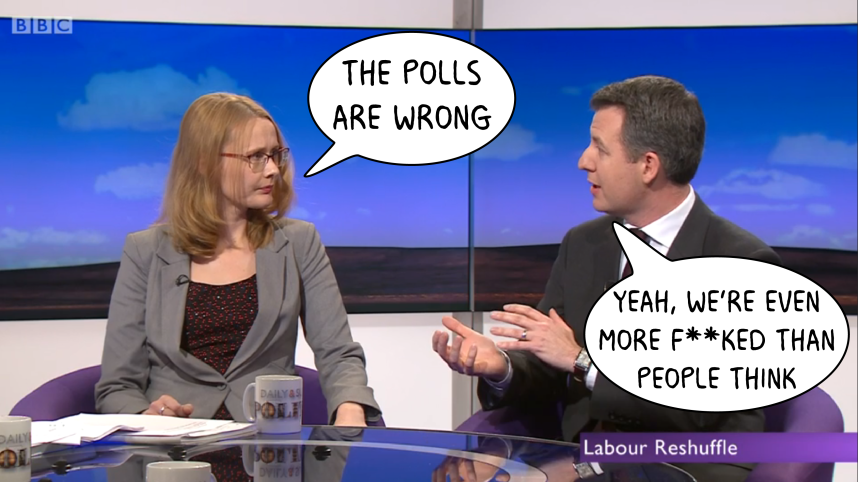Mythical magic money trees and why we should increase the Scottish Rate of Income Tax
All taxes are justified by one of two bases: raising revenue, or shaping society. Many taxes do both. Cigarette duty is a tidy little revenue raiser, in addition to discouraging people from smoking. However, other taxes, such as National Insurance, have no discernable sociological purpose – they simply exist to raise money.
There is something of a perennial myth perpetrated by politicians, in particular on the left, that by hammering the rich we can fund seemingly limitless public expenditure. In Scottish Labour’s candidate selections support for a restoration of the 50% tax rate on top earners has become something of a shibboleth.
Telling voters that you can finance significant extensions in public expenditure through “hammering the rich” is a lie.
My own back-of-the-envelope estimates of how much revenue would be raised in Scotland by a 50% tax rate on incomes over £150,000 is a maximum of around £40 million, but more likely somewhere in the ballpark of zero. There’s also every chance that it could cost the Scottish exchequer money.
In Scotland, 18,000 people pay additional rate tax at 45%. John Kay points out that although for most people it is not difficult to identify if they live and work in Scotland, there is ambiguity for some – and they are heavily represented among the 18,000. If only 1,000 of these individuals were to succeed in establishing that they are resident in, say, London, rather than Scotland for tax purposes, the erosion of the tax base would completely eradicate the gain in restoring the 50% tax rate; if 2,000 did so, the move would actually cost significantly more revenue. It’s quite likely that Taxable Income Elasticity will be significantly higher where differentials exist between Scotland and the rest of the UK.
Just because it doesn’t raise any revenue doesn’t mean we shouldn’t do it, because taxes have a social purpose as well. Higher marginal tax rates could go some considerable way to reducing income inequality, for example. But politicians who tell you that higher marginal tax rates are a magic money tree are either ill-informed or dishonest.
If your aim is to raise revenue, then the only way to raise any serious money is from a broad base – the basic and higher rates of income tax. HMRC estimates that a 1% increase in the Scottish Rate of Income Tax (SRIT) would raise £475 million in 2016-17. To put this in context, that would wipe-out all cuts to local government budgets, and still leave around £150 million in change.
For someone working full time earning £7.20 an hour that amounts to an extra 58p per week. At £20,000 a year a 1% increase in SRIT would cost £1.78 per week. Someone earning £50,000 a year would pay an additional £7.50. A 1% increase in the SRIT would fall most heavily on high earners while asking comparatively little of middle-earners. The 1.9 million Scots who don’t earn enough to pay income tax would still pay nothing, but the public services upon which they are dependent would be secure and fully funded.






